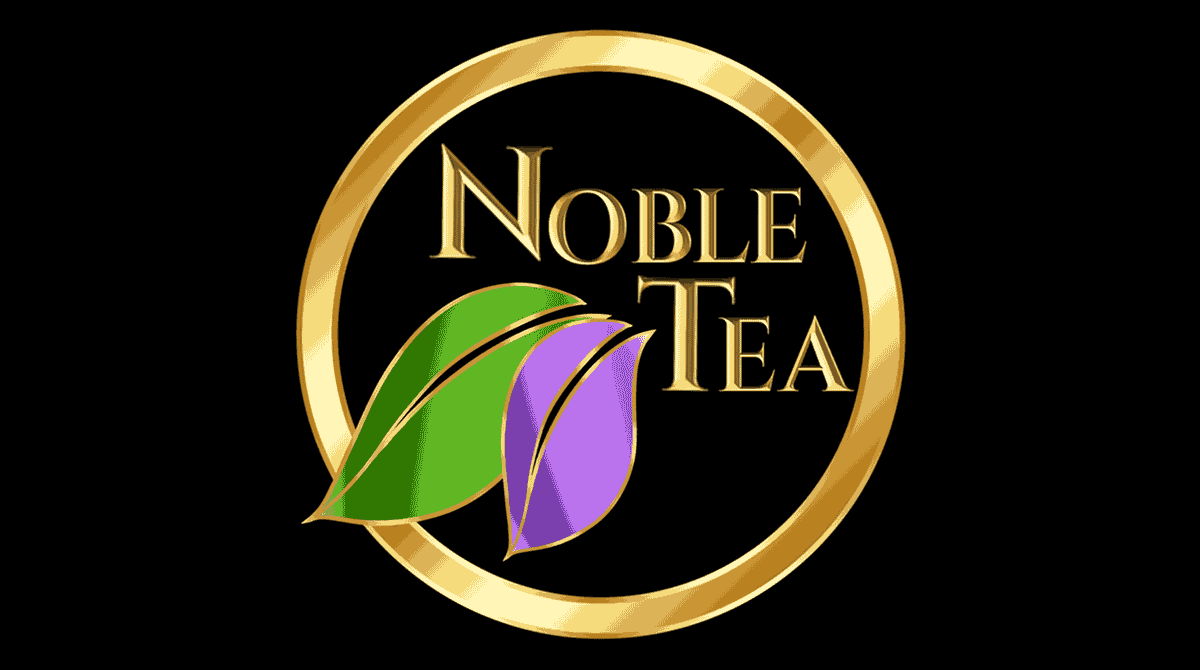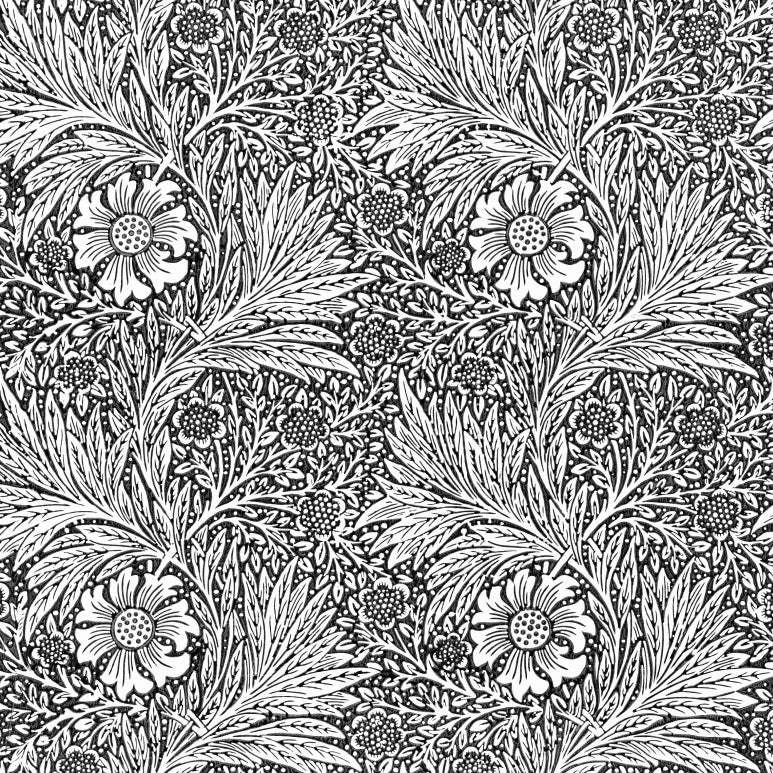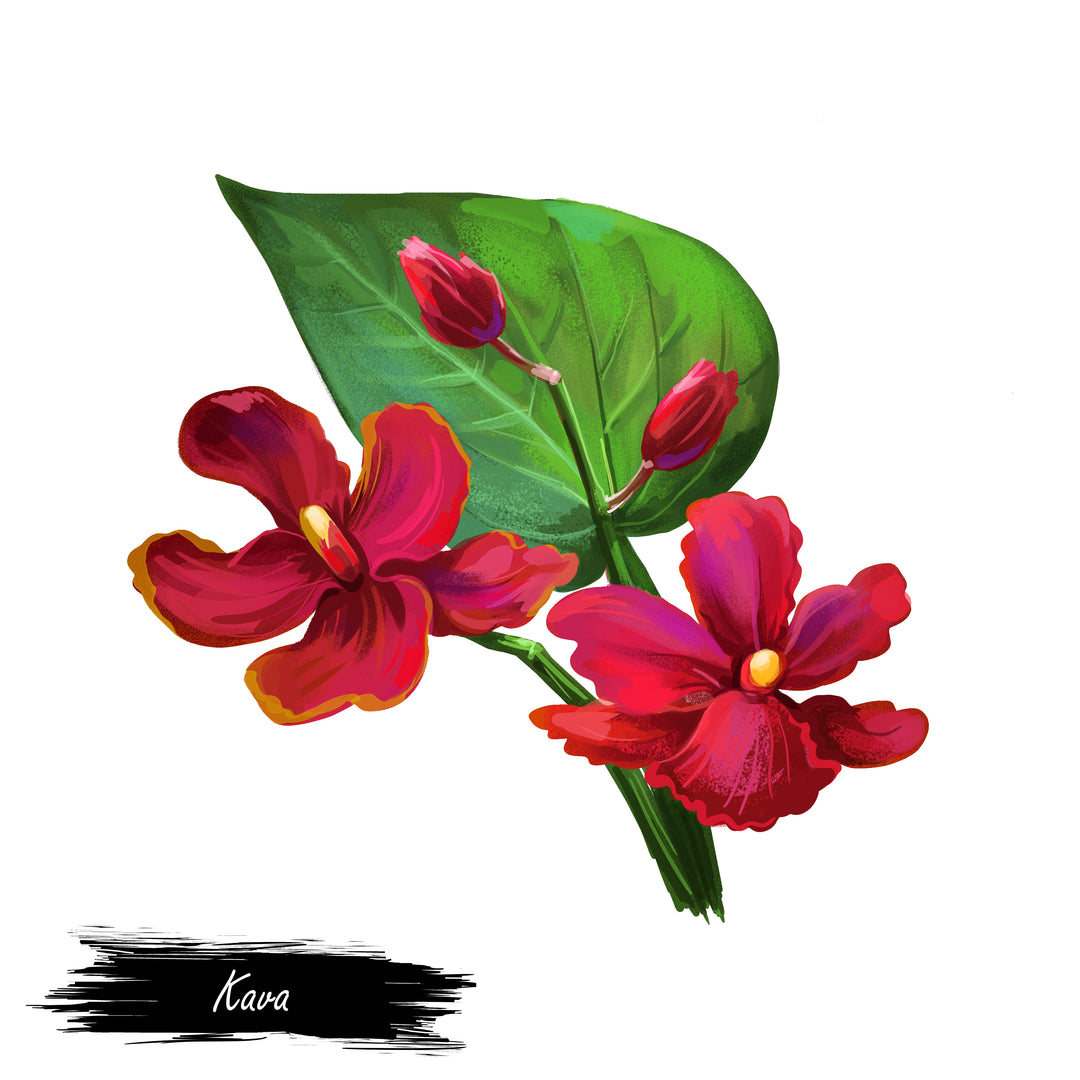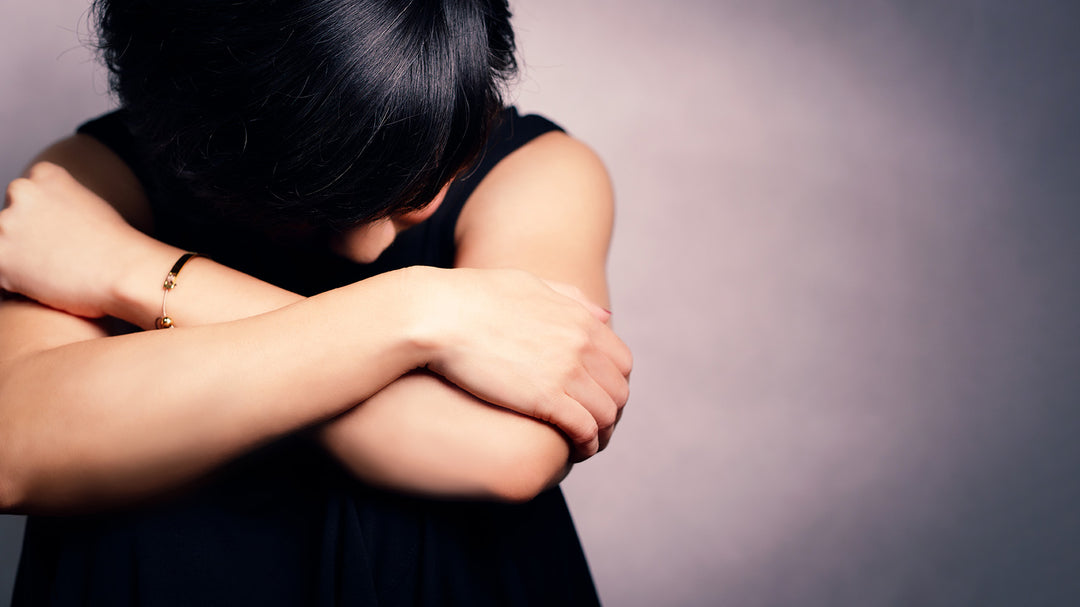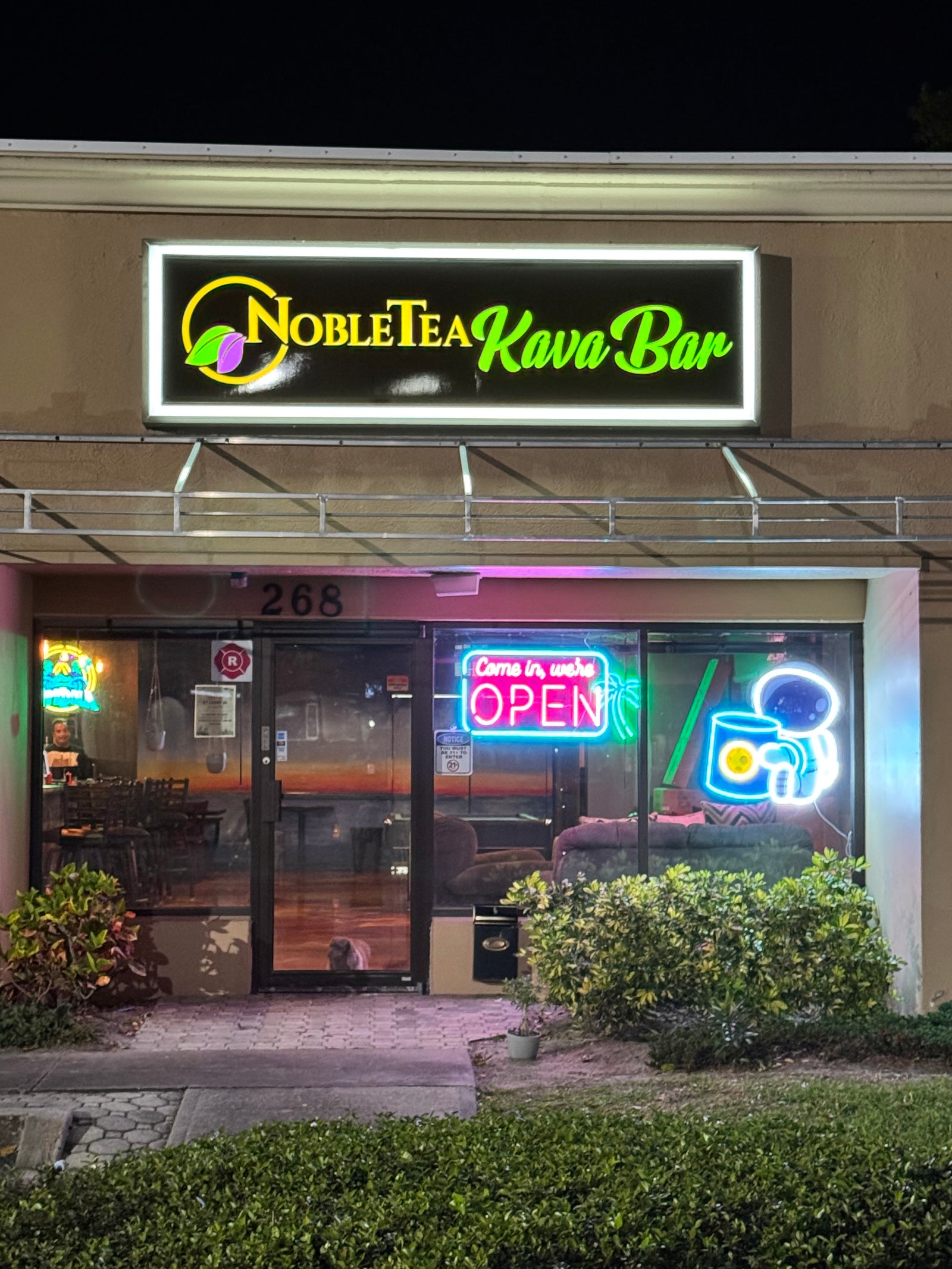The History of the Kava Plant

It’s not just the effects of kava or the kava culture that is interesting, the kava plant itself is an intriguing plant on many levels. Especially in the way it has been guided by human selection through reproduction and evolution in the last 3000 years.(1)
How kava was cultivated
It is possible that all cultivars trace back to a single ancestral plant that has been developed, cloned, and dispersed throughout the Pacific.(1) That is because kava is a dioecious decaploid and cannot reproduce asexually or sexually. It can only reproduce through cloning and vegetative propagation.(1)
The people that cultivated kava to what it is today domesticated it and chose specific plants that expressed certain “somatic mutations.” “Somatic mutations are any alteration at the cellular level in somatic tissues occurring after fertilization.”(2) This is usually how genetic variation tends to occur in many dioecious plants, or “imperfect flower” plants with only one sex organ. They would grow the plants and when harvest time came, be sure to try the kava plant that same day.(1)
If the cultivated kava plant produced the desirable effects, it was re-propagated. If the effects were not as expected, the plant was allowed to end its course. The best plants became mother plants, and more were propagated.(1) Kava cuttings were shared with neighboring communities as gifts, peace offerings, or trade, allowing further diversification.
The origin of noble kavas

|
Naturally, more somatic mutations took place, and the cycle repeated. Slowly, the indigenous people of these islands directed a wild kava, or Piper Methysticum Wichmannii (Group A) into the noble-kava cultivars, Piper Methysticum Methysticum (Group H), or daily cultivars, in our cups today. Vanuatu is largely responsible for breeding the plant to have more Kavain (2) and Dihydrokavain (4) and less Dihydromethysticin (5). The Polynesian Islands bred kava to have more Methysticin (6) and less Dihydromethysticin (5). This is how the potent Fiji kava (Group I) that many love today came to be.(2)
In Conclusion
Kava variations are due to human selection, or cultural preferences on psychoactive effects, as well as different ecological effects on the kava plant and its evolution. This makes it pretty important as the industry grows that those that sell kava should consume their kava products as well as others on the market. Also be willing to have open dialogue and hear relevant criticism about it. That is the only way kava is going to continue to evolve the way it should. The way it has since it became of cultural, social, and medicinal importance in the Pacific.(1)
Sources:
(1) Pgs 20, 23-24, 27 and Figure 3: View of Is the Quality of Kava (<i>Piper methysticum</i> Forst. f.) Responsible for Different Geographical Patterns (ethnobotanyjournal.org)
(2) Genetics, Somatic Mutation - StatPearls - NCBI Bookshelf (nih.gov)


